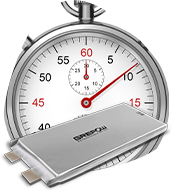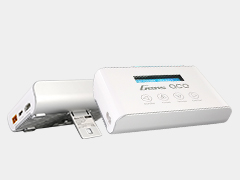There are many easy home improvements that anyone can do to make their home a better place, and plenty of information on it available. Take some advice from these time-tested approaches to improving your living space.
Recycle shoe boxes to add more storage to your different rooms. Use leftover fabrics and wallpaper, and dress the shoe boxes to match your decor. You can increase your storage space in an attractive way by doing so.
Use a sponge on your drywall. Instead of sanding out your drywall’s seams, take a sponge to them. Sponges can smooth out seams of drywall every bit as effectively as sanding. Sponging holds an advantage over sanding – no dust.
Vinyl Flooring
Put a shot into that vinyl flooring bubble. If your old vinyl flooring has a bubble under the surface, slice it open with a sharp utility knife to release trapped air. This will make the bubble flat temporarily. You will have to inject a bit of glue, though, to keep the repaired section flush with the floor. You can find glue that is specially sold in a syringe to make this job as easy as possible.
If your door hinges continue to squeak after you have tried every solution in existence, you may have to simply replace them. Your local hardware store should carry this piece. Simply disassemble the hinge and attach each side of it to the door and wall frame. Align up the hinges and place the pins.

The right tools can make all the difference when working on a home improvement task. Jobs can be done more easily and, more importantly, done correctly with the right tools. It is also important that you know how to ptoperly use the tools your are going to be dealing with.
Ask your family members and friends for help before you start your next project to improve your home. If you do not do this in the beginning of you project, it may be hard to find help. If you have a problem finishing your project in the amount of time you planned, you will add stress to the job.
Add exhaust fans in your laundry room, bathroom and kitchen. Vent the moisture and humidity from the outdoors and thus reduce your chances for developing harmful molds inside the home. Lowering indoor humidity will also prevent the trapping of condensation in the walls, thereby preventing rot.
Now that you have read these advanced tips, it’s time to get started on your own home improvement projects. Employ a measure of creativity to reach your goals without the usual associated pitfalls.





















